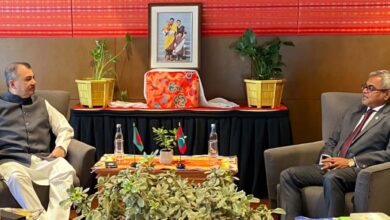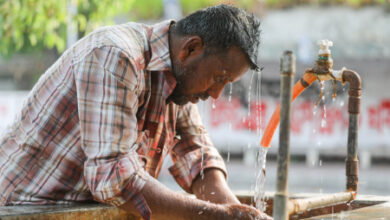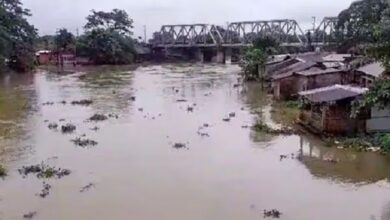Monsoons in India become unpredictable as pollution wreaks havoc
"The Indian monsoon is full of mystery. If we can predict rainfall, it will be huge for us," said Sahu, a researcher in the department of chemical engineering at the Indian Institute of Technology Hyderabad.

Vidhi Doshi (Thomson Reuters Foundation) (The Jakarta Post)
In a small laboratory on the outskirts of the Indian city of Hyderabad, professor Kirti Sahu is studying raindrops.
Using a machine that simulates the conditions of clouds, he is among a number of scientists aiming to understand how climate change and pollution are changing the monsoon rains that underpin the country’s agrarian economy.

“The Indian monsoon is full of mystery. If we can predict rainfall, it will be huge for us,” said Sahu, a researcher in the department of chemical engineering at the Indian Institute of Technology Hyderabad.
The monsoon, the lifeblood of the country’s US$3 trillion economy, delivers nearly 70 percent of the rain that India needs to water farms and recharge reservoirs and aquifers.
The country of 1.4 billion plans its planting season, harvests and even weddings around the seasonal rains.
But climate changing emissions from burning fossil fuels for energy, and pollution, are changing the monsoon, impacting on agriculture and making forecasting harder.
Climate change is fuelling a range of extreme weather around the world, with wet areas generally getting wetter while dry regions are hit by more droughts.
The United Nations Intergovernmental Panel for Climate Change (IPCC) notes that although climate change is likely to lead to increased rainfall over Asia, the South Asian monsoon has weakened in the second half of the 20th century.




